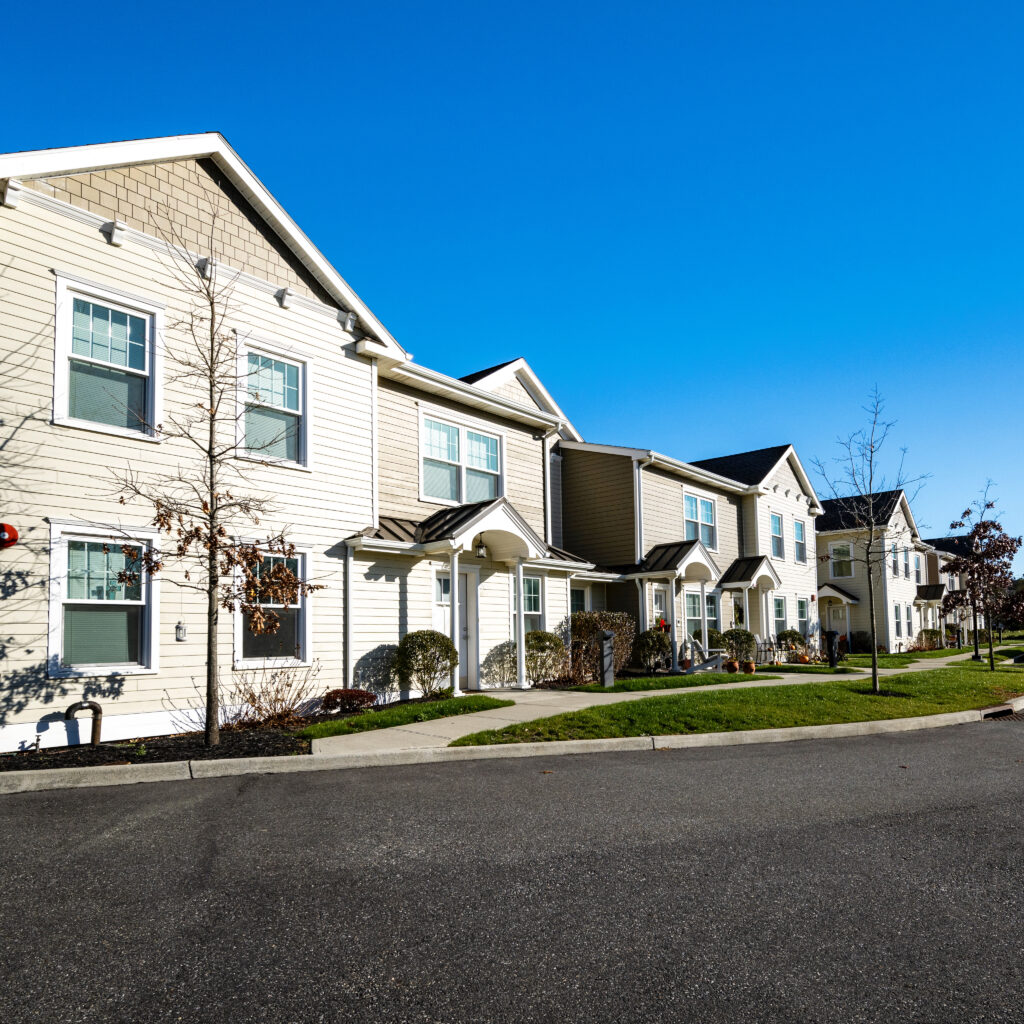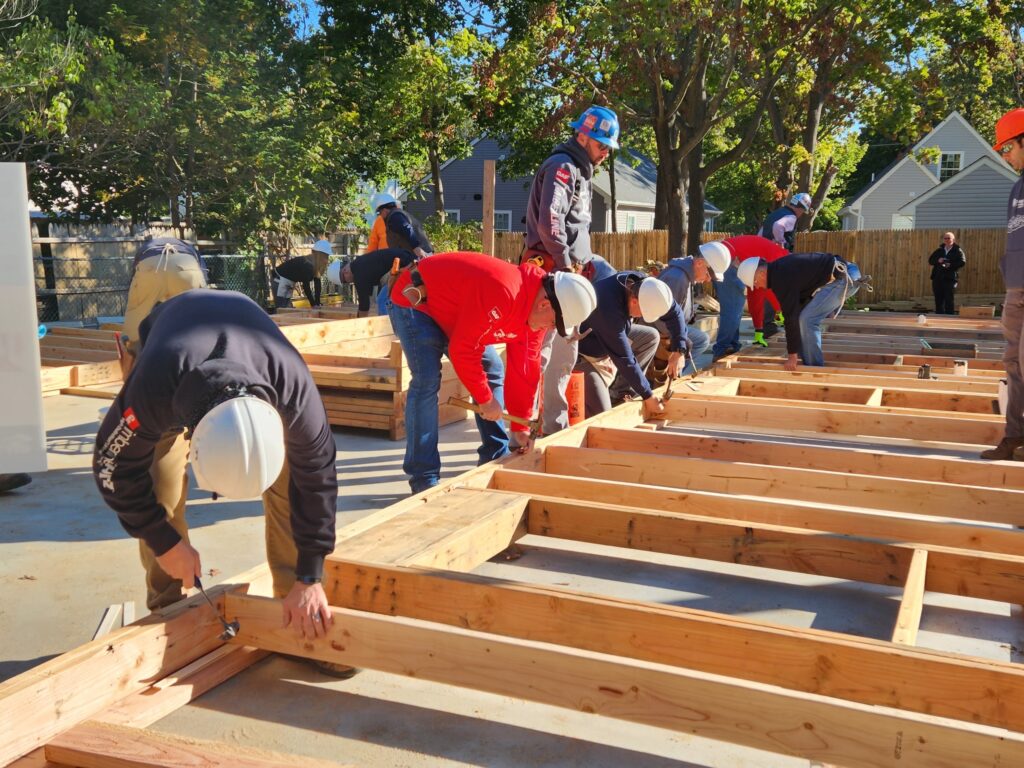Affordable housing is often framed as an issue that primarily affects low-income individuals and families. However, the reality is that the lack of affordable housing impacts entire communities, economies, and even those who may not think they are directly affected. From rising homelessness to workforce shortages and increased taxpayer burdens, housing affordability is an issue that extends beyond just those struggling to pay rent.
A Crisis That Affects All Income Levels
Housing costs are rising across the country, outpacing wage growth and making it increasingly difficult for people at all income levels to find suitable housing. This isn’t just a problem for the lowest-income households—middle-class families are also feeling the squeeze. When workers such as teachers, nurses, and first responders cannot afford to live in the communities they serve, it creates significant problems for the local economy and social stability.
Workforce and Economic Impact
When housing costs are too high, workers have to move farther away from their jobs, leading to longer commutes and reduced productivity. Businesses also struggle to attract and retain employees, which stunts economic growth. In industries like healthcare, education, and retail—where wages are often modest but the services are essential—a lack of affordable housing means chronic understaffing, increased employee turnover, and ultimately, lower quality of services for everyone.
The Burden on Public Services
A lack of affordable housing contributes to rising homelessness, which in turn puts a greater strain on public services. Cities are forced to spend more on shelters, emergency healthcare, and law enforcement to manage the growing number of people who cannot afford stable housing. Taxpayers ultimately bear the cost of these services, even if they themselves are securely housed. Investing in affordable housing is often a more cost-effective solution than dealing with the consequences of housing instability.
Neighborhood Stability and Crime Rates
When people cannot afford stable housing, it leads to higher rates of eviction, foreclosures, and frequent relocations, all of which disrupt communities. High turnover rates can lead to neglected properties, lower property values, and increased crime. Stable housing is directly linked to better educational outcomes for children, reduced crime rates, and overall stronger, healthier communities.
What Can Be Done?
Addressing the affordable housing crisis requires a combination of policy changes, private sector involvement, and community engagement. Some possible solutions include:
• Zoning reforms to allow for more diverse housing options, such as duplexes and accessory dwelling units.
• Incentives for developers to build affordable housing through tax credits and subsidies.
• Expanding rental assistance programs to help lower-income families stay housed.
• Employer-sponsored housing programs that provide workers with housing assistance.

A Shared Responsibility
The affordable housing crisis is not just a problem for those struggling to pay rent—it’s a community-wide issue that affects businesses, public services, and the overall economy. Addressing this challenge requires collective action, smart policies, and a recognition that when housing is unaffordable, everyone pays the price. By working together to create more housing opportunities, we can build stronger, more resilient communities that benefit everyone. The Town of Southampton Housing Authority and Georgica Ventures are a perfect example of collaborating to create affordable Housing that is beautiful and well maintained.



Comments are closed.